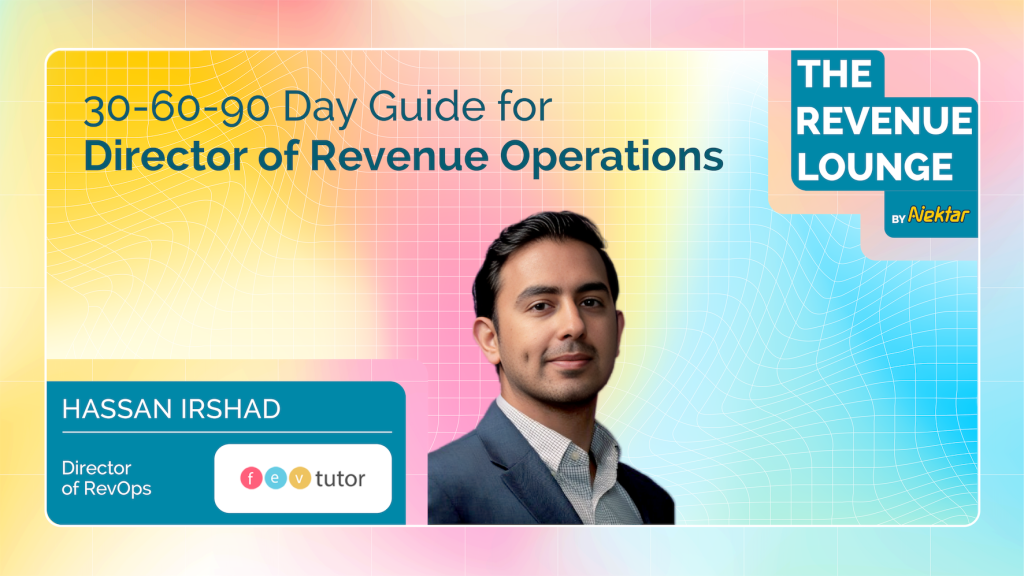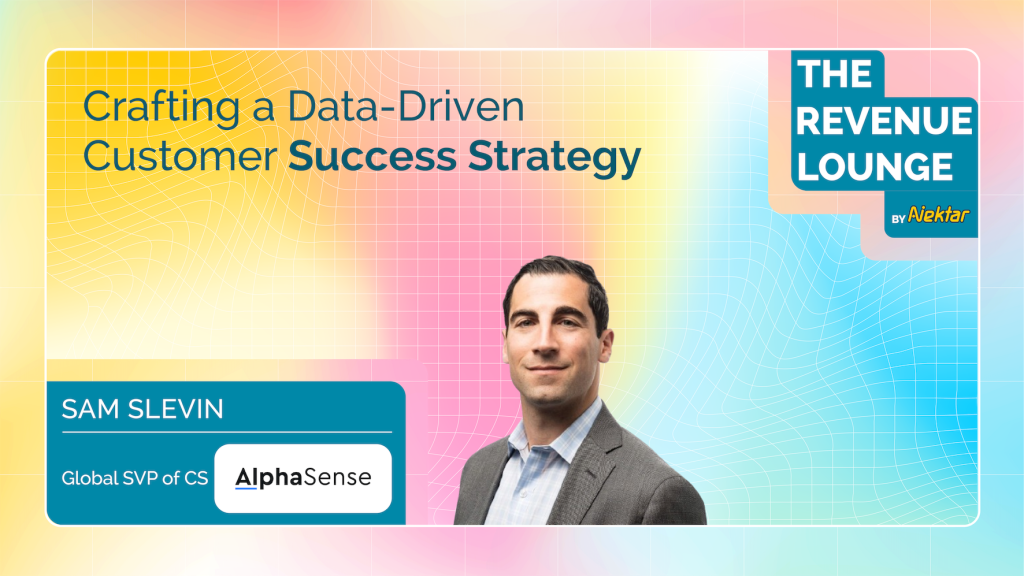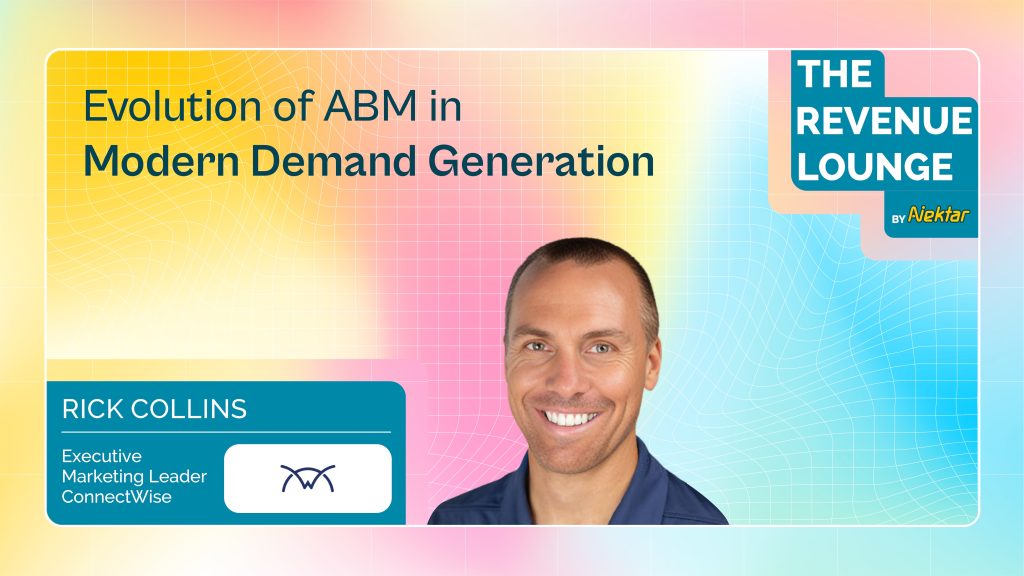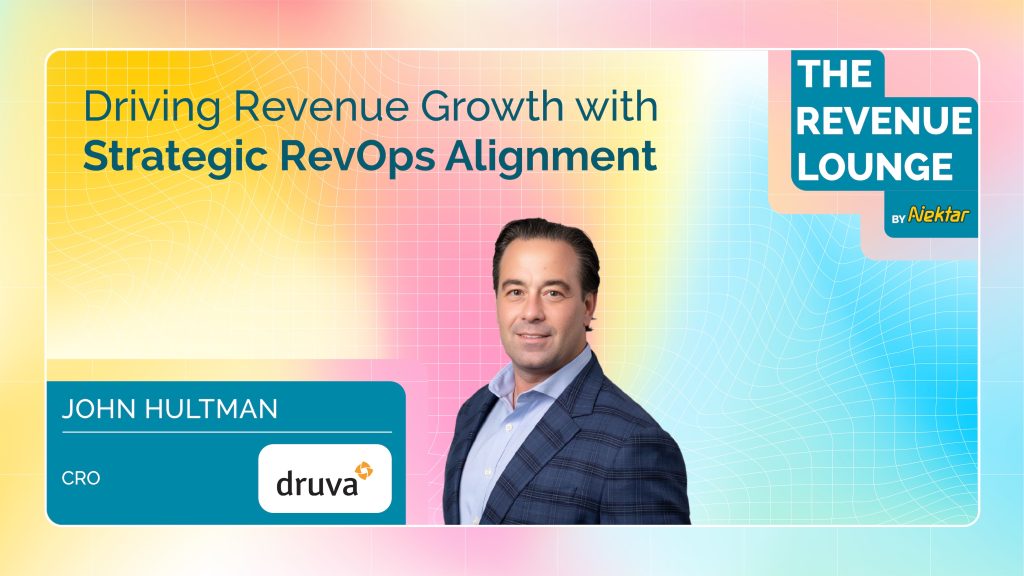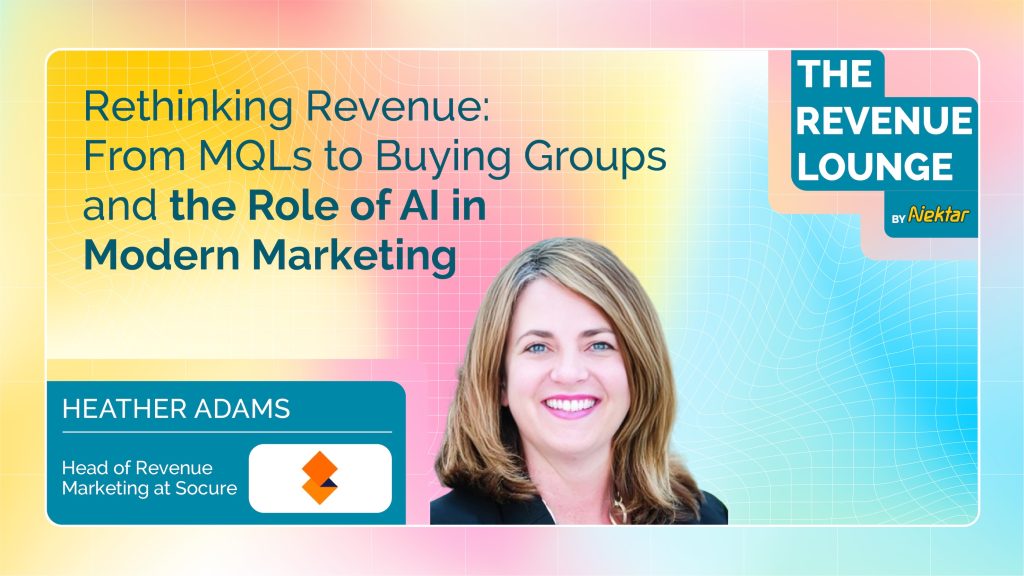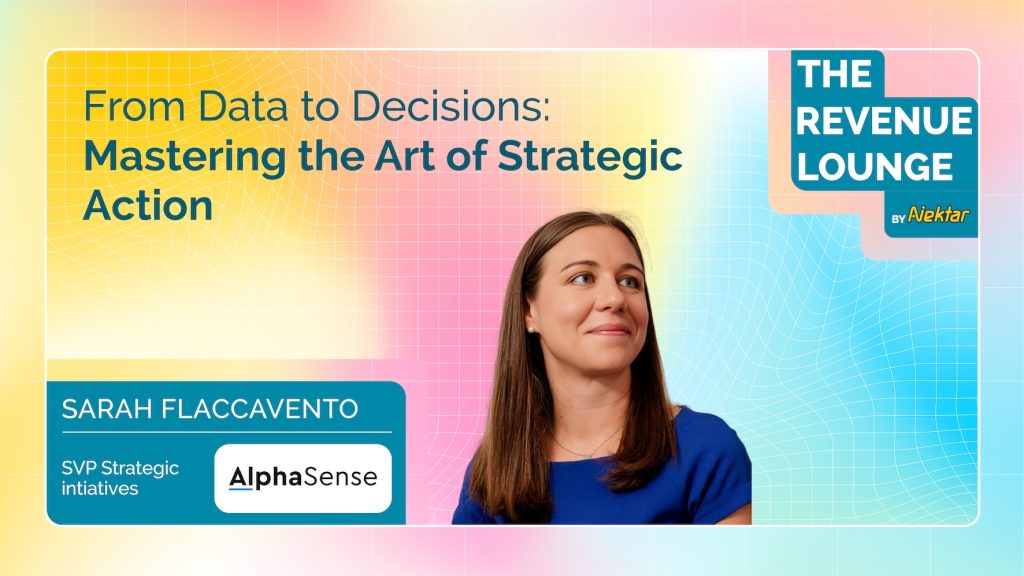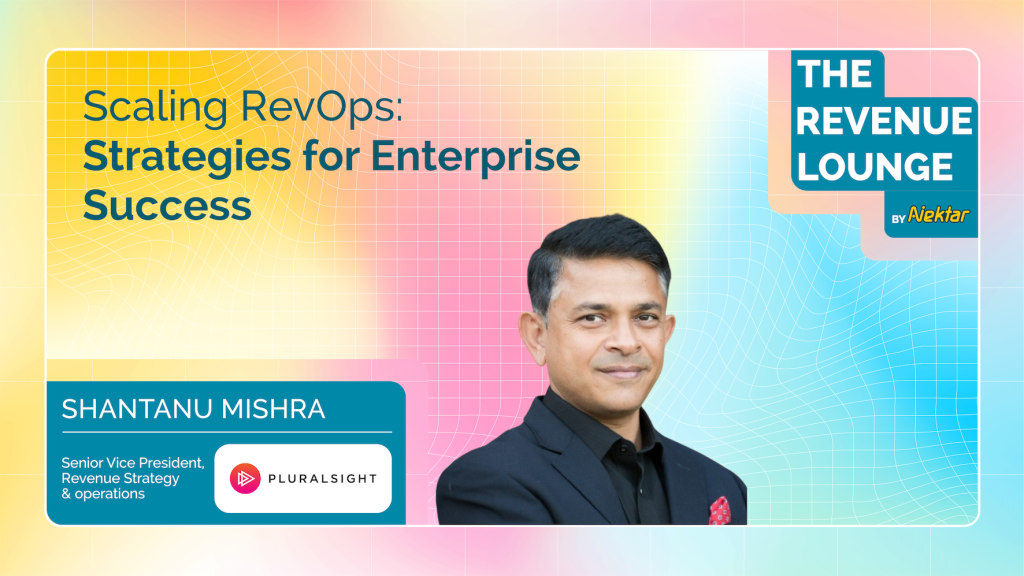Scaling Revenue Operations in High-Growth SaaS: A Strategic Playbook
Scaling Revenue Operations in High-Growth SaaS: A Strategic Playbook A conversation with Josh Pudnos, VP, Global Head of RevOps at Exiger. In the high-stakes world of SaaS, growth is no longer just a function of adding more sellers or increasing outreach volume—it’s about scaling smart, aligning teams, and building a RevOps foundation that enables profitable and predictable revenue. Josh Pudnos, former VP and Global Head of Revenue Operations at Exiger, knows this challenge intimately. Tasked with transforming Exiger from an advisory firm into a SaaS powerhouse, Josh architected a RevOps strategy from the ground up—rebuilding tech, redefining data, restructuring teams, and guiding the company through the messy middle of SaaS evolution. In this detailed blog, we explore Josh’s RevOps transformation playbook—anchored in data integrity, stakeholder psychology, and operational precision. Whether you’re a startup building RevOps from scratch or an enterprise scaling your GTM engine, this story is packed with practical strategies you can adapt to your own environment. Facebook Twitter Youtube From Advisory Firm to SaaS: The Mandate for Change When Josh joined Exiger, the company was in the middle of a strategic pivot. It had already seen success as an advisory services firm, but growing regulatory demand, supply chain risks, and the need for scalable solutions pointed toward a SaaS future. “We saw the signals—more regulation, more risk, more complexity. To meet that need, we had to mature and become a SaaS-first business.” This shift wasn’t just a marketing change. It required reimagining the entire go-to-market (GTM) motion, from how they sold and served customers to how they structured teams and measured success. Phase 1: Rebuilding the Foundation (and the Data) Josh’s first challenge? Data chaos. “Everything within Salesforce when I joined couldn’t be trusted. There was no standardization. We had to start from scratch.” The RevOps team conducted a comprehensive audit and rebuilt core processes—from lead lifecycle to opportunity stages and product taxonomy. 🔍 Data Cleanup Framework Lead > Contact > Opportunity Conversion: Unified and documented lifecycle stages Opportunity Stage Definitions: Standardized across business units Field-Level Governance: Required fields tailored by deal type (new vs. renewal vs. growth) Product Classification: Split recurring ARR vs. one-time services This clean-up wasn’t just cosmetic—it enabled a major win. During Exiger’s private equity exit, the improved data integrity played a crucial role in underwriting the deal. “We could finally speak confidently about our pipeline and customers. That was a huge turning point.” https://www.youtube.com/watch?v=YUwL4kuwg-k&t=3s Phase 2: Building the Right Tech Stack (Without Overbuilding) Armed with a healthy budget and a mandate to modernize, Josh moved quickly to implement a stack that could support outbound motions, deal structuring, and better forecasting. Tools included: Sales engagement platform CPQ implementation Marketing intent integrations CRM and funnel automation But with the benefit of hindsight, Josh realized he moved too fast. “I discounted the reps’ perspectives more than I should have. Some of those tools weren’t adopted. I won’t renew all of them.” 🧠 Key Lesson: Don’t Over-Index on Tech Instead, focus on: User-driven design: Understand how reps actually work Iterative rollout: Prove success with pilots Onboarding and enablement: Train consistently across roles Phase 3: Building a Lean, Impactful Team With only a handful of team members, Josh structured RevOps as a hybrid of technical systems ownership and strategic business partnering. 💼 RevOps Org Design at Exiger Function Focus Area Systems Ops (2 people) Salesforce, integrations, tech stack Sales Ops (2 people) Pipeline strategy, forecasting, top-of-funnel Enablement (1 person) Training, playbooks, seller onboarding Leadership (Josh) Strategy, executive alignment, roadmap ownership Each RevOps member was aligned with GTM leaders—BDR, AE, AM, CS—to act as a strategic partner, not a ticket taker. “They need a business partner in RevOps. Someone who helps them solve real problems—not just run reports.” Phase 4: Evolving from MQLs to Buying Groups Josh acknowledges a major industry trend: the shift from individual lead tracking (MQLs) to understanding and activating entire buying groups. “There’s no such thing as a single buyer anymore. The committee is often 10–20 people—and each one needs to be engaged differently.” This required evolving both marketing and sales strategies. Exiger began layering intent data with what Josh calls a “surround-sound” approach. 📊 Buying Group GTM Framework Tactic Execution Layer Intent data Use 3rd party and web analytics to identify signals Surround-sound engagement Target decision-makers with tailored content Cross-functional plans Sync sales & marketing on buying group plays Deal acceleration Use buying signals mid-funnel to re-engage deals Josh noted that even if Exiger isn’t at the fully orchestrated “trigger-based play” stage, they’ve already seen lift in stalled deals simply by getting the right content in front of the right people. Phase 5: Managing Ad Hoc Chaos While Staying Strategic Every RevOps leader has felt this tension: stakeholders want dashboards and ad hoc reports—while leadership wants strategic programs and scalable systems. “You have to empower your team to say no—or at least say ‘not right now.’ Tie everything back to your quarterly initiatives.” Josh and his team communicate their goals through quarterly newsletters, stakeholder syncs, and dashboards that guide self-service. Why Josh Reports into Finance, Not Sales Exiger chose to place RevOps under the CFO instead of the CRO. For Josh, this choice provided the objectivity and strategic alignment he needed. “You don’t want RevOps to become a propaganda arm of sales. With finance, we’re aligned to profitability and operational rigor.” It also helped the team focus not just on revenue goals but on sustainable growth and operational efficiency. The Most Underrated Skill in RevOps? Psychology. “So much about RevOps is understanding how people interpret data, process, and systems. It’s psychological.” Josh recalls debates not about tech or tactics—but about philosophical decisions like how to classify a deal type or when to progress a stage. Understanding stakeholder mental models, motivations, and friction points is what unlocks true cross-functional alignment. Josh’s Retrospective: What He’d Do Differently Move Slower at the StartBuild consensus before buying tech. Map out the rep workflow first. Involve Frontline Teams EarlyEven if they’re unfamiliar with SaaS tools, their

